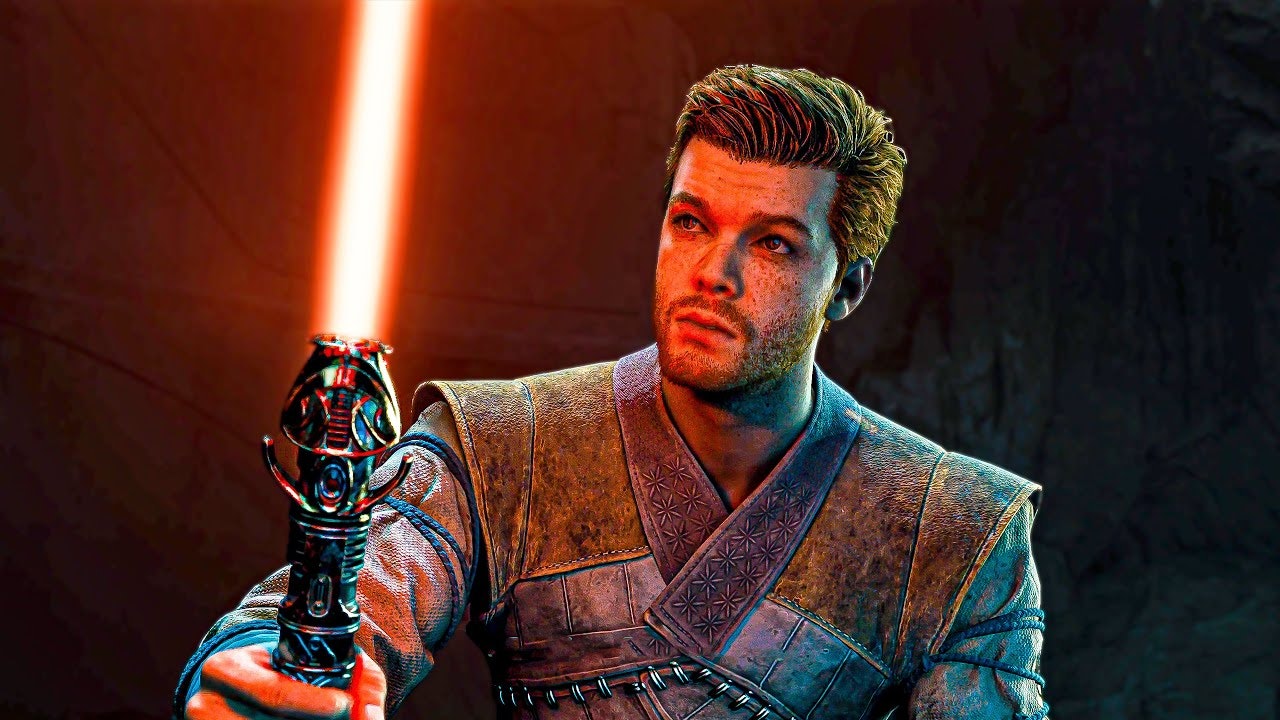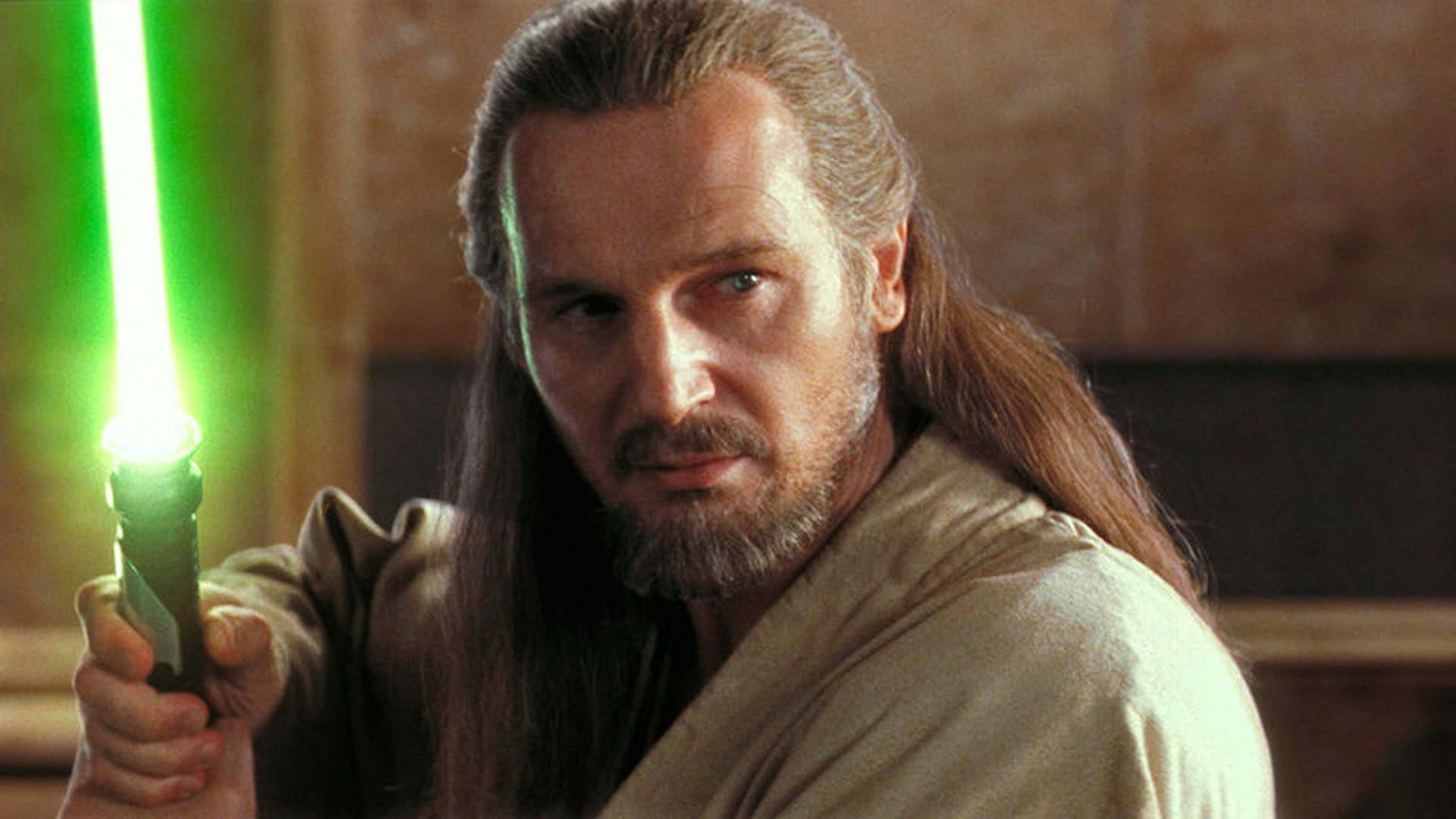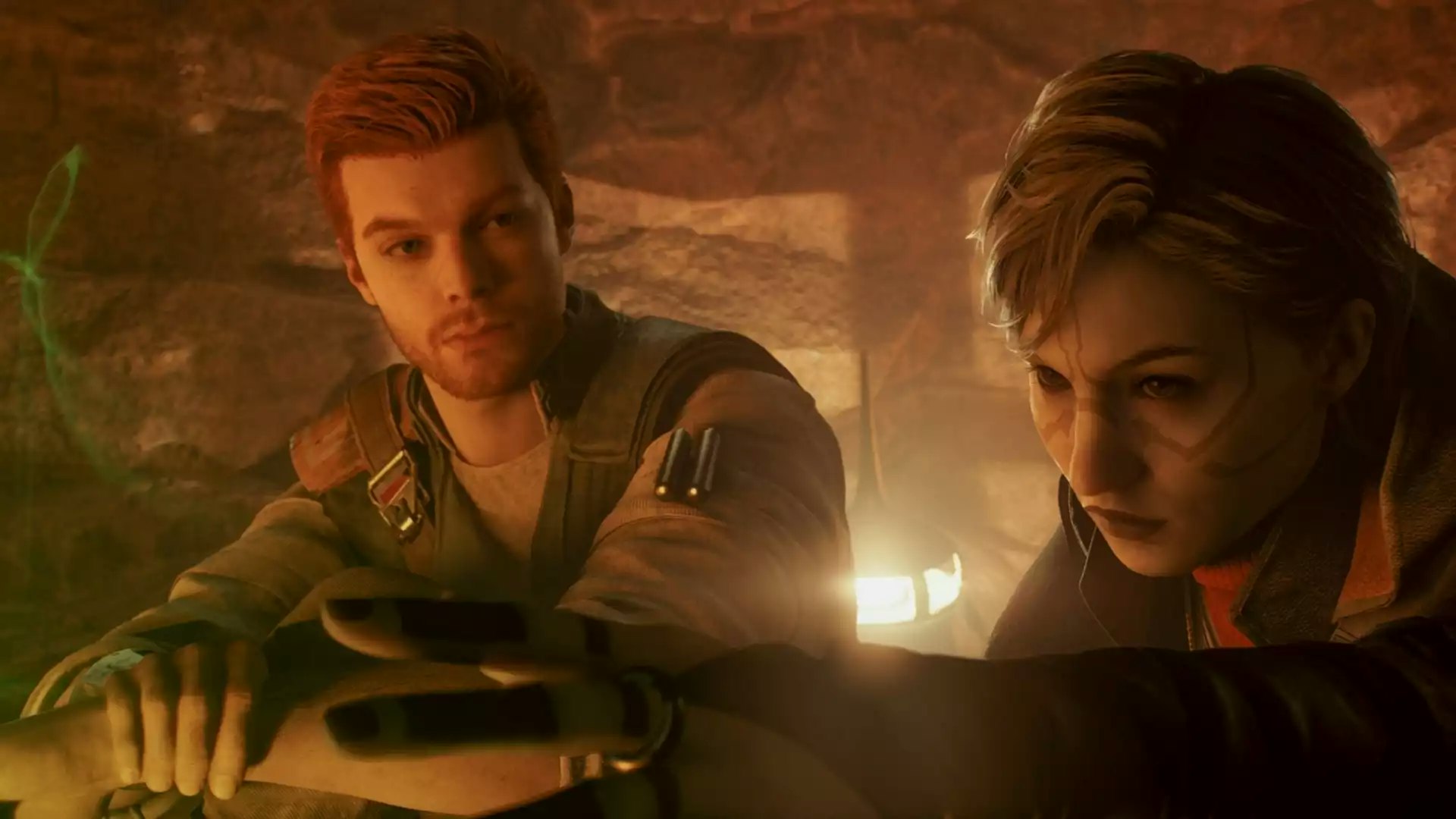
Star Wars Jedi: Survivor makes a ton of improvements over its predecessor. But perhaps the biggest leap forward comes with the game’s storytelling. Survivor weaves a complex tale about grief and acceptance, and one of its most interesting themes lies in how Cal realizes he has to leave the teachings of the Jedi Order behind. It’s easily the most complex “Jedi-focused” Star Wars story we’ve seen in nearly a decade, and the sequel-hook ending of Survivor means the next game could go even further. With Cal’s complex relationship with the Force, it’s the perfect time to bring back one of the most fascinating concepts Star Wars has ever seen — Gray Jedi.
Warning: endgame spoilers ahead for Star Wars Jedi: Survivor.

The term Gray Jedi first appeared in the novel Star Wars Republic: The Stark Hyperspace Wår, which focuses on Plo Koon and Qui-Gon Jinn in a conflict before The Clone Wars. Qui-Gon was seen as a Jedi that didn’t always operate within the rules and bounds of the Order, which is why he was never granted a seat on the Council.
Gray Jedi would appear again, though characterized a bit differently, in the game Star Wars: Knights of the Old Republic. Here it referred to a Jedi that walks the line between the Light Side and the Dark Side, using both but not falling to the latter.
If all this sounds a bit similar to Cal’s character arc in Survivor, that’s because it is. While there have been various interpretations of Gray Jedi, the idea has always boiled down to eschewing the suffocating rules of the Jedi Order.
One of KOTOR’s main party members, Jolee Bindo, is the figure that first started the Gray Jedi movement in The Olde Republic. Past that, Knights of the Old Republic II: The Sith Lords is entirely about the concept of the Force, and breaking out of the binary of the Light and Dark side. Both games are fantastic examples of how Star Wars can make its storytelling, particularly about Jedi, more complex and thoughtful.
One of the best parts of Survivor’s narrative is how ambiguous it makes Cal’s relationship with the Force. The trauma and anger the Jedi go through cause him to reach out and use the Dark Side late in the game, but there’s never a resolution for that. Cal doesn’t swear off touching the Dark Side or learn from his mistakes, he ends the game confused and frightened. We also see Cal break from the Jedi Order in other ways throughout Survivor, using the “uncivilized” blaster as a weapon, and choosing to embrace his romance with Merrin, rather than push it away.

All of this build-up makes Cal the perfect candidate to carry on the Gray Jedi legacy, not necessarily embracing the Dark Side, but at least understanding it in a way that most Jedi can’t. What’s really interesting to think about is where a third game could take us, especially if it has a big time skip. Return of the Jedi would take place roughly 14-15 years after Survivor, so it’s not unreasonable to think we may see a post-Empire Cal.
We could theoretically see a situation where an older Cal and his padawan, Kata, are alive and well when Luke Skywalker defeats The Emperor. If Cal does go down the Gray Jedi path, how does his ideology mesh with the rise of Luke’s New Jedi Order?
There are a ton of possibilities for where the next Jedi game could go, but it seems like Respawn has deliberately started the threads of Cal moving past the typical idea of a Jedi. He’s a freedom fighter shaped by the tyranny of the Empire, and it’ll be interesting to see how that plays out against his new responsibility to raise a force-sensitive child.







